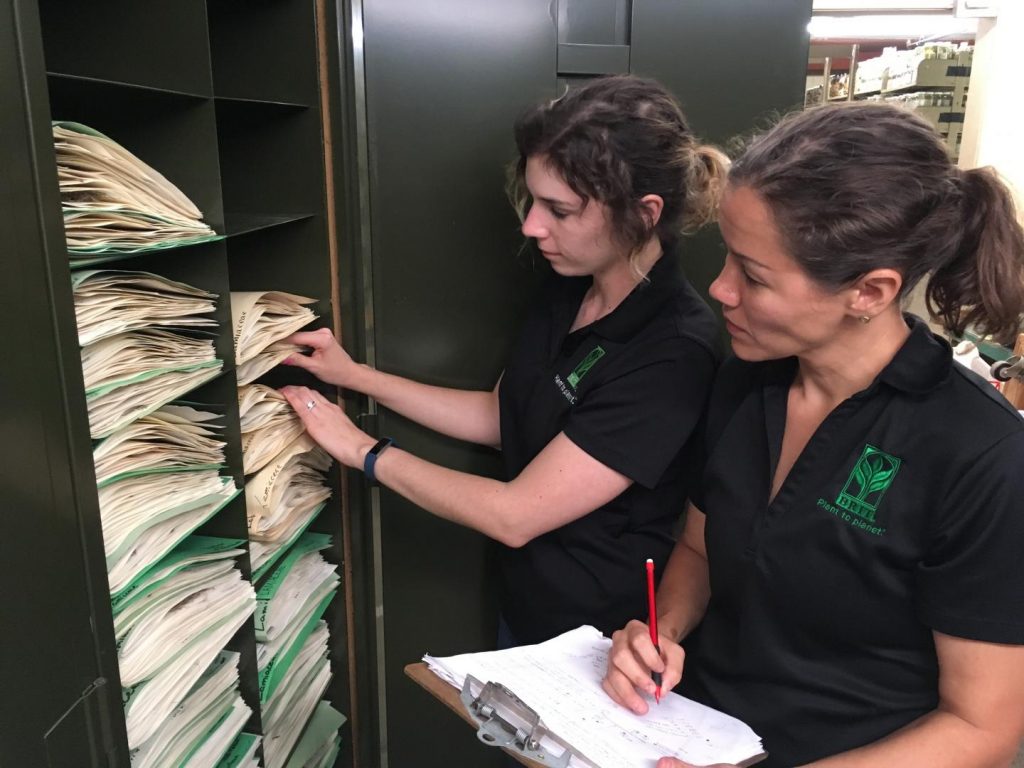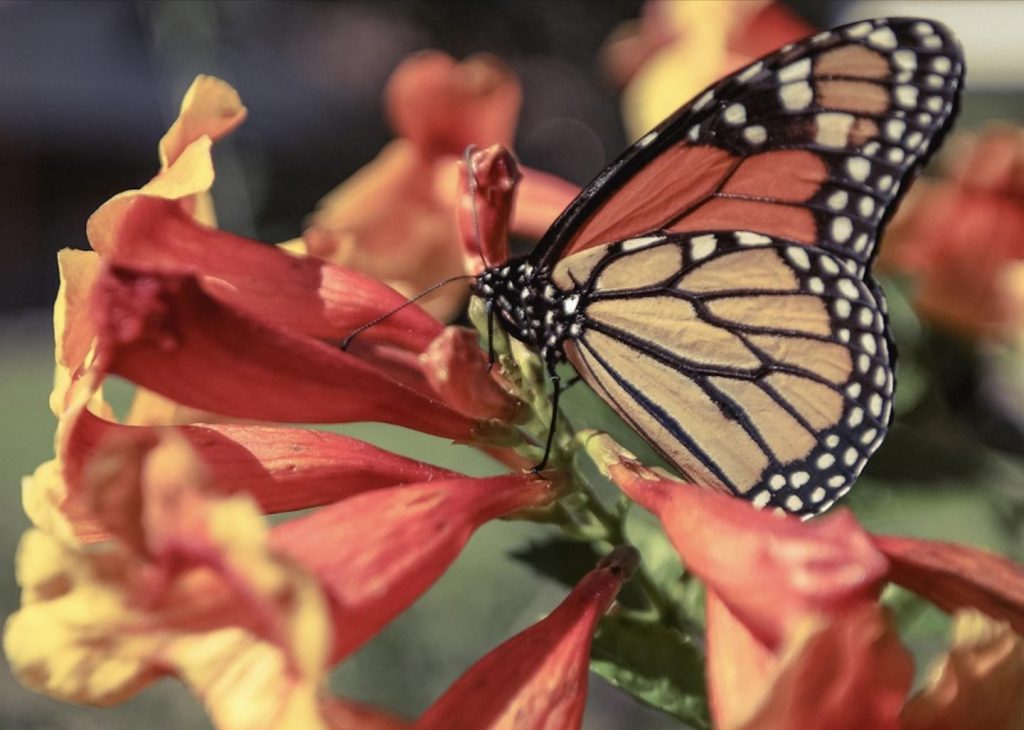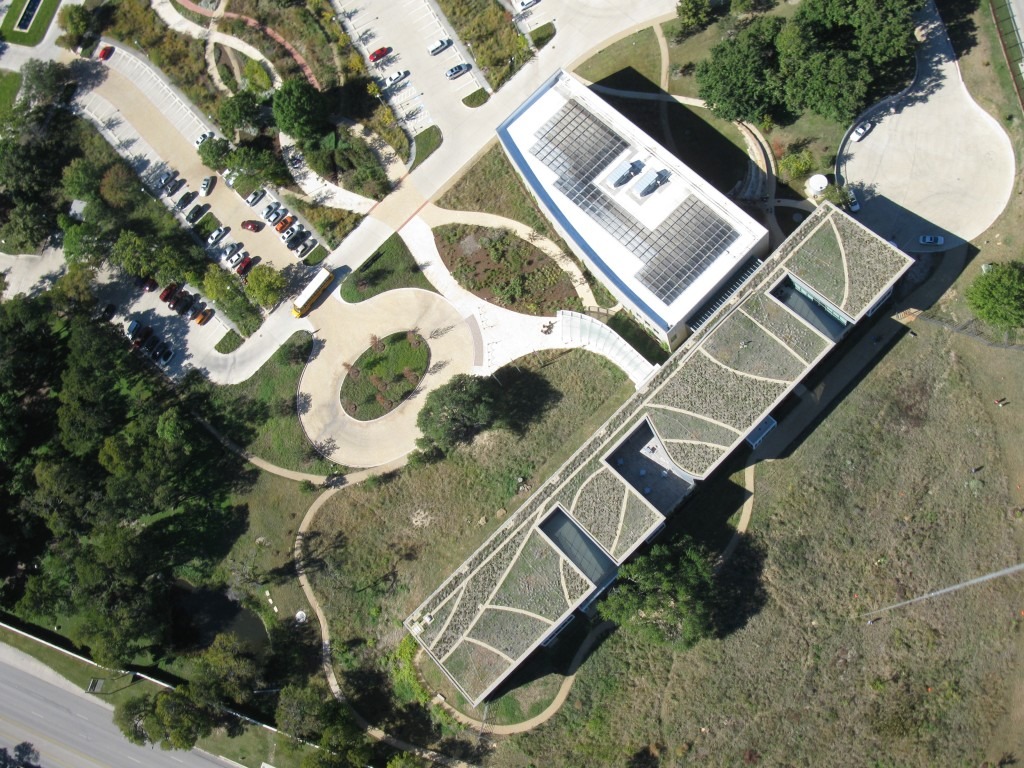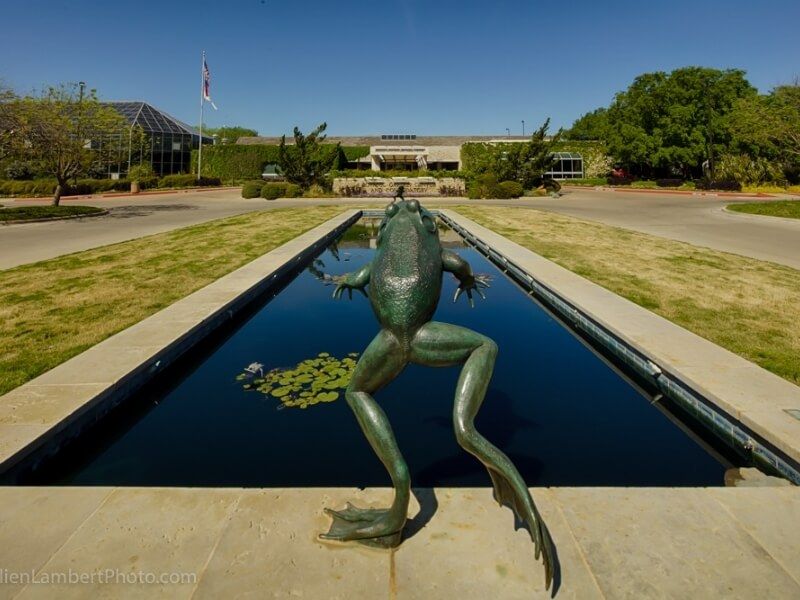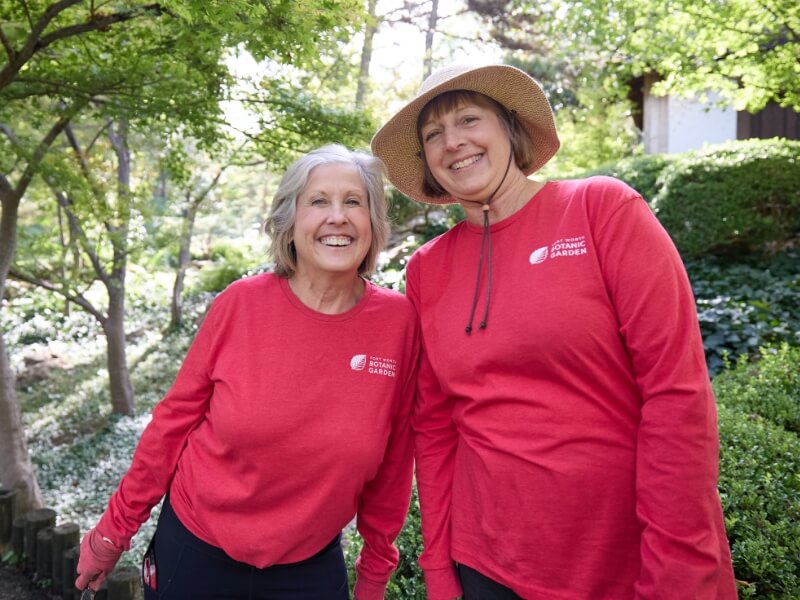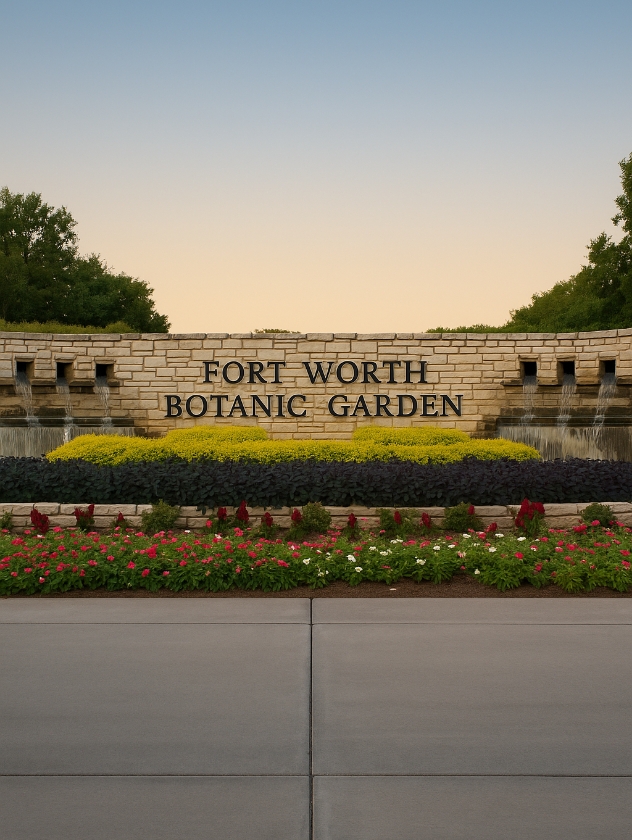BRIT’s Cheerful Naturalist and His Exploration to Alaska
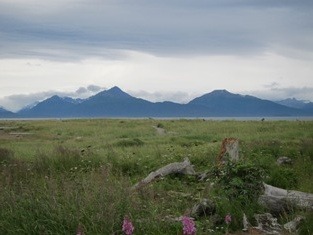
Cold, foreign, and practically inaccessible, I think many people view Alaska as analogous to the end of the earth. There are few that brave the cold wildness of it to actually go out and make a life there. But now, our beloved colleague, friend, and BRIT research associate Dr. Tony Burgess has made the move. Driving 4,000 miles north, he has traversed the western United States and parts of Canada to pick up his life from Fort Worth, Texas, and replant it in Homer, Alaska.
Although a larger move than he has previously been used to, this is the third time in Tony’s life that he finds himself living and contributing to a new place. A born and raised native of Texas, he first traded the woodlands and grasslands of Fort Worth for the mountains and desert of Tucson when he pursued his bachelor’s degree at the University of Arizona. After 30 years, during which he attained a doctorate degree, helped design and manage the Biosphere 2 experiment, taught students and was shaped by that landscape, he returned to Fort Worth to become a field methods professor at Texas Christian University. What he returned to was a very different and more mature city than he had left 30 years previously; a city he had to re-discover and replant himself within. For his next transition, he is now in the great white north and is pursuing a way to contribute and live healthily within a land vastly different than the prairie or the desert he has previously known.
BRIT has often looked to Tony for advice and expertise when it comes to community-building and the role that community plays within the natural landscape. As part of his retirement and move to Alaska, Tony donated his entire teaching curriculum to be digitally archived and housed at BRIT. Tony made it one of his primary goals throughout his career to instruct students on how to really dive in and learn about the landscape they found themselves immersed within. As a result, Tony has compiled priceless, in-depth resources about the landscape and history of Fort Worth and how to “learn it well.”
Along those lines, BRIT would like to learn and facilitate others to become explorers of their place. What this means and the steps needed to achieve it are still being understood and experimented with, but this is where Tony’s story is helpful. Here is a man who has lived his whole life learning to be an explorer of the natural world in front of him. And in his new home of Alaska, he is yet again living the life of a resident explorer. I was able to visit him in Homer and see for myself how he is fitting in. Observing him placed within this role in a new setting, I noticed some consistent themes he utilizes in order to become native to his new home.
With approximately 4,000 year-round residents, the small community of Homer, Alaska is filled with people with a fierce love for where they live. It is a city that is growing quickly, and many of those that live there still remember when the roads weren’t paved and only a few homes had access to running water. As a result, the residents have a large vested interest in the growth of the town, desiring it to become a wonderful place to live and raise families. This is one of the things that struck me the soonest when I first arrived; those that live here only do so because they absolutely love living where the road ends. They are fascinated and enchanted with the personality of the place. Rather than settling in this town to shape it into the landscape they would like, they chose to be there because of what it already was.
Native Explorer Tip #1: Make Yourself Useful
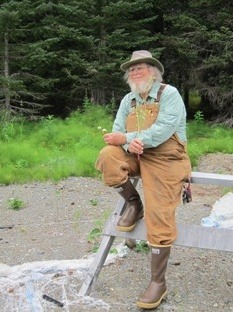
One of the first things Tony and I agreed to do during my visit was experience many of the natural areas he has wanted to investigate but hasn’t had time yet to do so. As Tony and I wandered through nature centers and public trails near Homer, I thought out loud that it seems the best thing you can do to root into this type of community is to make yourself useful. Tony mulled this thought over for a few seconds, and then quickly concurred. He said, “The best explorers and travelers ingratiate themselves into the community and make themselves useful while they are there. And then they go take that knowledge back with them.” They know that to gain trust within the community, they must show they are not there to drain resources from the community during their stay.
The second thing that struck me, as a result of the first, is that when you meet people that live in the town, they start to fish for what you have to bring to the table. I was able to see this play out several times as his son introduced Tony to residents of the town. After Tony related that he just moved to town a few weeks ago and plans to live here, these residents ask what he does and what he is interested in. After that, they inquire as to how he is going to use those interests and skill sets within the town. This is done, of course, with varying amounts of tact.
Not only are the residents interested in what you can do to grow the town, but they are also interested in what skills you already possess that deem you capable of living in such a place. Living in Alaska, as might be imagined, is very different from living other places in the United States. Many Alaskans don’t even consider themselves living in the United States at all, but instead refer to other land-based states as “the lower 48.” For those that are looking to live all year-round in the harsh and unforgiving climate that Alaska can be, your community is your survival safety net, especially in the winter. Those that already live in Homer ask important questions of those that are looking to move there, making sure that they’re capable of taking care of themselves. If you are unable, they may be called on more than usual to aid and help when necessary. It is not a place in which one can live easily alone, and members of the community want to make sure that if they make themselves available to help you, you will be capable and willing to do the same when they need it. Tony and his son Beau have made sure that the house they now currently live in is adding value to this community by providing enough space to sleep a number of people, as well as a social space where the long winter nights can be wiled away in comfort and enjoyment.
When Tony moved to Alaska, he told himself he would let go of any previous identity and be open to change. He said he would be what was needed, not necessarily what he had previous experience in. He would learn, grow, and contribute. He was told that what the community house really needed immediately was someone that would learn to cook and make sure all of the necessary resources were available when needed. His new place required someone to take control and make decisions and could be in a supportive role for others that lived there. Tony greeted his new usefulness head on. While he is learning to cook, he goes to the farmer’s market and makes friends with all of the local growers. I watched as he moved stall to stall, asking the farmers about their produce and making sure he got their best recipes. By the third market we went to together, the vendors would see him coming a stall or two away and get excited about him visiting their booth. Tony used his new role as a “house mother” to build relationships within the community and learn a new skill all at once. He is noticing, asking questions and learning multiple things in the process.
To be a part of a community, you have to provide an avenue for it to grow. Just like any successful explorer, it is essential to contribute in a way that not only allows you to learn, but also encourages the positive growth of the community in which you are residing. BRIT offers up numerous botanical and sustainable information to others, thereby encouraging other explorers to go out, make themselves useful, and grow the community in a positive, ecological light.
Native Explorer Tip #2: Know Your Resources
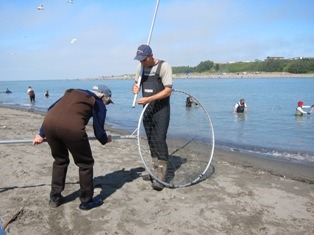
Alaska is a state that is very serious about protecting the abundant natural resources for its citizens. While visitors to Alaska must fish for salmon during the salmon runs, Alaskan residents get to participate in a fishing style called dip netting. When dip netting, you put on heavy-duty waders and boots, take a giant circular net and stand out in the river and wait. During the runs, salmon simply swim into your net. Once you have one, you quite unceremoniously flop them up onto the bank and hit them on the head with a rock or a small wooden bat. It is, by far, the least glamorous thing in the world. In fact, the best way I could characterize it is a “meat grab.”
I was there during a slow day, but I am told that during the heaviest part of the season, when hundreds of thousands of salmon are running up the river all at once, dip netters line up shoulder to shoulder in the river and grab salmon as fast as they can. One acquaintance told me that on her first time dip netting, she caught 35 salmon in an hour and a half. With hundreds of fishermen and women knocking out and cleaning fish on the bank, you can imagine the chaos, the noise, and the image painted by a bath of salmon gills and roe sloshing in the shallows. Dip netting lacks the majestic nature of the Alaskan fly-fishing commercials we all see down in the lower 48, but it can be very productive. All Alaskan residents are allowed 25 salmon per household, with an additional 10 salmon per person living in that household. With that amount of salmon, it is safe to say that most Alaskans would have enough meat to last them comfortably through the winter.
After participating in this dip netting ritual, it quickly became clear to me that Alaska was a resource-based state. All civilizations were founded on the discovery and use of a resource, but little of that remains today as the sole purpose of a city or state. The global economy has allowed for resources to be spread far and wide, and you see fewer communities and large cities flowing with the tides and rhythm of a natural resource.
In Homer, however, salmon still reigns supreme. The salmon season is a flurry of activity where it isn’t unusual for a dip netting trip to expand into14 or 16 hours straight. Some even camp on the beach for days trying to fill their allotted quota all in one trip. For Alaskan residents, the salmon season is a time to grab a free and plentiful resource of food for the winter. And with food as expensive as it is due to shipping costs, that is no small thing. In Homer, citizens realize that their food resource depends on the health of the salmon population. For that reason, the sustainable fisheries are fiercely protected, and any activity that may threaten it is brought under harsh scrutiny.
The importance of the salmon population is so evident to all interested parties that seemingly illogical bad blood exists between them. Commercial salmon fishing boats, called “gill netters” because of the type of nets they use, constantly harass the dip netters that are fishing in the shallows. Accusing them of stealing all the salmon, these gill netters will cruise the mouth of the river with their boats as they head to harbor, causing large wakes that annoy and almost knock over the dip netters close to shore. Tony told me he also experienced the gill netters yelling obscenities and making rude gestures to the dip netters as they passed by in their boats.
The importance of the dynamics that revolve around a certain resource is not something to be overlooked. When rooting into and exploring a place, especially a place where the name of the game is knowing how to cultivate the land successfully, it is critical to ask these three questions:
1. What are the resources?
2. Who is using those resources?
3. What are their attitudes towards the resource being used?
Becoming an Explorer
Being an explorer is more than just traveling. It is about learning, noticing, and planting yourself in a place, no matter how long you intend to stay. Explorers are useful, and they share what they have learned with others.
Those who know Tony know that he is not one to shirk away from adventure. He toured Kuwait after the oil fires, served in Vietnam and helped design one of the biggest and most contentious science experiments in the United States: Biosphere 2. It is no surprise then that he met this move to Alaska head on, with the desire to learn from it as much as he could. He has left preconceptions behind in Texas, and is looking towards this move with the eyes of an adventurer: open, aware of change and looking for places to contribute. As it continues to unfold, I know that his future story will have just as much to teach us as his past one already has.
Submitted by Aryn Young, BRIT Research Assistant
